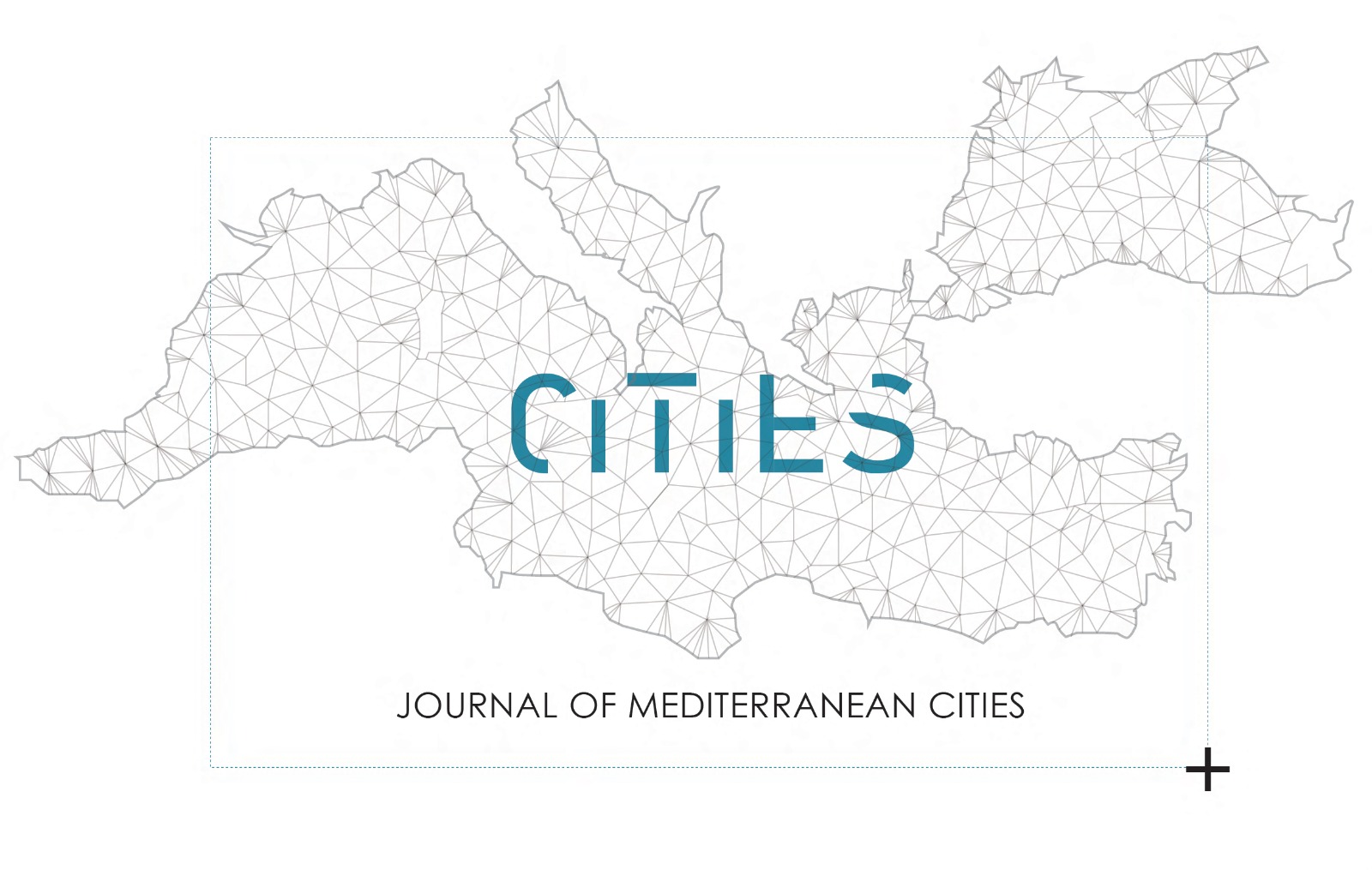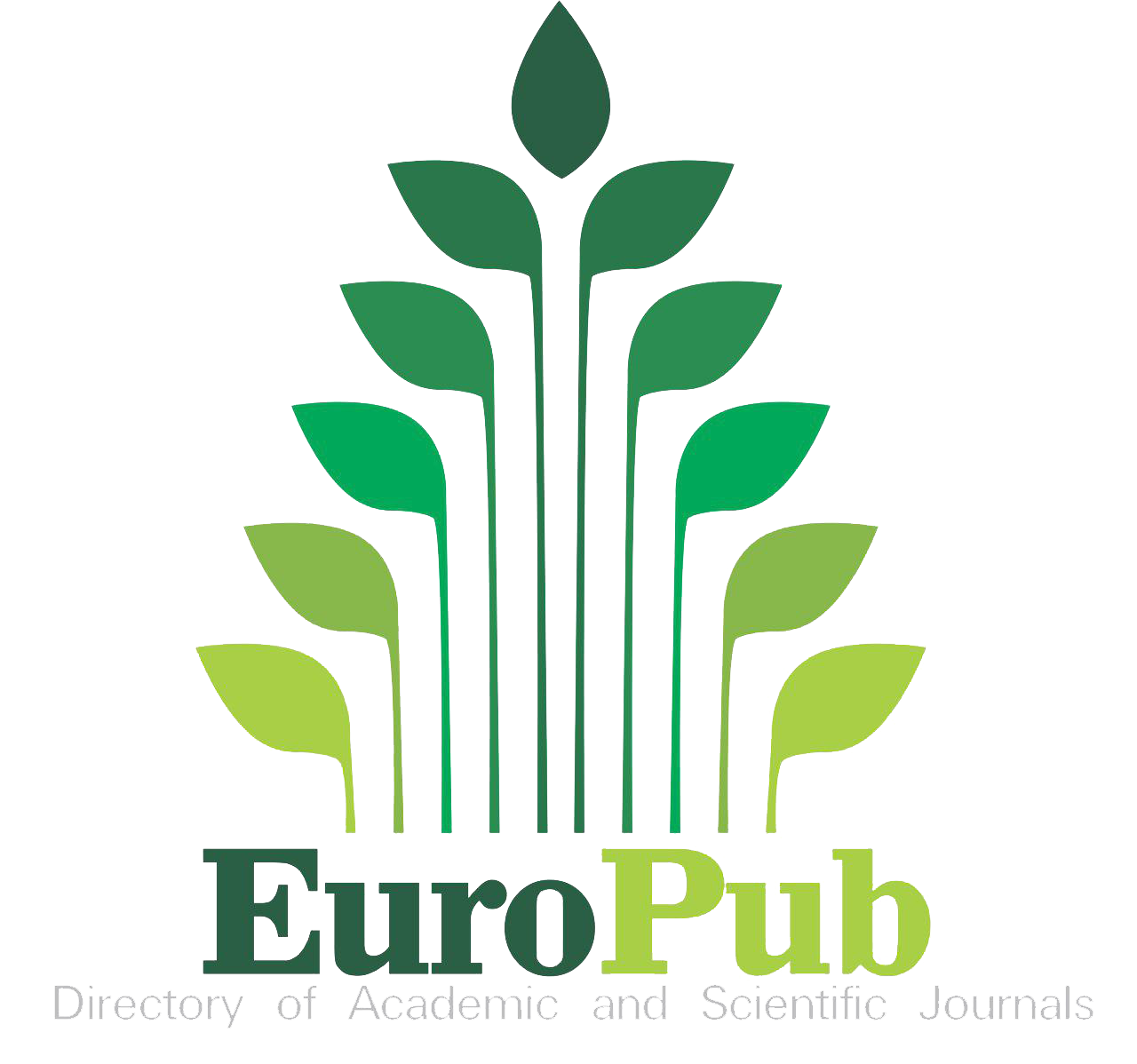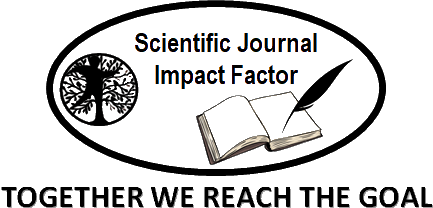Pillars of Community Development: A Study of Al-Asmarat District
DOI:
https://doi.org/10.38027/mediterranean-cities_vol5no1_6Keywords:
Community Development, Economic Development, Social Development, Knowledge Development, Psychological Development, Urban Development, Al-Asmarat DistrictAbstract
The topic of community development for marginalized communities has evolved significantly in the last eight years worldwide, following the United Nations' (UN) establishment of the Sustainable Development Goals in 2015. Under this umbrella, Egypt has set a development vision and targets to improve the standards of living conditions in the country. One of the targets is to minimize the problem of informal settlements through a series of action plans, such as creating new districts that aim to offer a better quality of life for the people who used to live in the various informal settlement areas. This prompted the state to spend exorbitant sums on these development projects, amounting to six trillion Egyptian pounds according to the prime minister's declarations in the “Decent Life” Initiative Conference 2021.
The thesis aims to develop an analytical tool to understand the pillars of community development. The aim was completed by collecting the main pillars of development from the point of view of many organizations, like the UN, and many individuals, like economists, sociologists, and architects. This results in having the five main pillars, which are knowledge, psychological, social, economic, and urban pillars.
The tool was implemented in a local case study, which is the Al-Asmarat district, to assess and evaluate the project as a community development project. This was achieved through site visits to collect primary qualitative data from the interviews and through observation, mapping, and photo documentation to come up with a conclusion and action plans for the already existing phases in Al-Asmarat and future recommendations to Al-Asmarat phase four, and the other futuristic community development projects.
Downloads
References
Boutilier, M.A., Rajkumar, E., Poland, B.D. et al. Community Action Success in Public Health: Are We Using a Ruler to Measure a Sphere?. Can J Public Health 92, 90–94 (2001). https://doi.org/10.1007/BF03404937 DOI: https://doi.org/10.1007/BF03404937
Butterfield, A., & Chisanga, B. (2013, June 11). Community Development. Encyclopedia of Social Work. Retrieved 14 Aug. 2025, from https://oxfordre.com/socialwork/view/10.1093/acrefore/9780199975839.001.0001/acrefore-9780199975839-e-71 DOI: https://doi.org/10.1093/acrefore/9780199975839.013.71
Corporate Finance Institute. (2018). Maslow’s hierarchy of needs. Corporate Finance Institute. https://corporatefinanceinstitute.com/resources/management/maslows-hierarchy-of-needs/
Frank, L. D., Engelke, P. O., & Schmid, T. L. (2003). Health and community design: The impact of the built environment on physical activity. Island
Ezzeddine, I. (2024, July 18). Urban communities as alternatives to slums: A case study of Egypt’s Asmarat. Arab Reform Initiative. Retrieved from https://www.arab-reform.net/publication/urban-communities-as-alternative-to-slums-a-case-study-of-egypts-asmarat/
Gehl, J., & Svarre, B. (2013). How to study public life. Island Press. https://tudelft.on.worldcat.org/oclc/865475474 DOI: https://doi.org/10.5822/978-1-61091-525-0
Green, J. J. (2016). Community Development and Social Development: Informing Concepts of Place and Intentional Social Change in a Globalizing World. Research on Social Work Practice, 26(6), 605-608. https://doi.org/10.1177/1049731515627194 (Original work published 2016) DOI: https://doi.org/10.1177/1049731515627194
Hindes, C., & Bakker, K. (2004). Between deconstruction and systems thinking: Some practicalities of incorporating non-technical skills into curricula using critical thinking as an example. South African Journal of Higher Education, 18(2), 346–356. https://doi.org/10.4314/sajhe.v18i2.25455 DOI: https://doi.org/10.4314/sajhe.v18i2.25455
Kadry, M. K., & Husain, H. R. (2025). What do Egypt’s new urban communities need to outperform? A strategic framework for equitable population redistribution. Journal of Contemporary Urban Affairs, 9(1), 187–209. https://doi.org/10.25034/ijcua.2025.v9n1-10 DOI: https://doi.org/10.25034/ijcua.2025.v9n1-10
Kotzé, D. A. (2012). The impact of non-formal education on skills and knowledge of community development workers: A case study. Africa Development, 37(2), 1–14. Retrieved from https://www.jstor.org/stable/pdf/afrdevafrdev.37.2.1.pdf
Lotz, J. (2019). Community development. Canadian Journal of Public Health, 62(4), 314–319. https://www.jstor.org/stable/41984955
Macdonald, M., & Larice, M. (2007). The urban design reader. Routledge. https://doi.org/10.4324/9780203094235 DOI: https://doi.org/10.4324/9780203094235
McLeod, S. (2007). Maslow’s hierarchy of needs. Simply Psychology. https://www.simplypsychology.org/maslow.html
Nordjo, E., Boadu, E. S., & Ahenkan, A. (2023). Community participation in enterprise development programmes for poverty reduction and sustainable development in Ghana. Community Development, 55(5), 644–667. https://doi.org/10.1080/15575330.2023.2260878 DOI: https://doi.org/10.1080/15575330.2023.2260878
Omodan, T. C. (2023). Analysis of asset-based community development to transform rural schools in South Africa. Interdisciplinary Journal of Rural and Community Studies, 5(Apr.), 13–21. https://doi.org/10.38140/ijrcs-2023.vol5.02 DOI: https://doi.org/10.38140/ijrcs-2023.vol5.02
Pawar, M. (2014). Social and community development practice. SAGE Publications India. DOI: https://doi.org/10.4135/9789351507987
Quinta Monroy / ELEMENTAL. (2008, December 31). ArchDaily. https://www.archdaily.com/10775/quinta-monroy-elemental
Salah, S. (2021). The ready-to-wear room: Establishing a permanent training center in the Asmarat district. Al Asmarat District. https://www.fourals.com/tag/al-asmarat-district/
Saxena, A. (2022). Why is Muhammad Yunus known as the “Father of micro-finance”? The Logical Indian. https://thelogicalindian.com/history/muhammad-yunus-microfinance-34846
Shakil, M. (2015). Social work with community organization: A method of community development. International Journal of Social Work and Human Services Practice, 1(4), 196–204.
Stepney, P., & Popple, K. (2008). Social work and the community: A critical context for practice. Palgrave Macmillan. Retrieved from https://www.bloomsbury.com/uk/social-work-and-the-community-9781137088345/ DOI: https://doi.org/10.1007/978-1-137-08834-5
United Nations. (2015). The 17 goals. United Nations. https://sustainabledevelopment.un.org/sdgs
United Nations Human Settlements Programme (UN-Habitat). (2012). Housing. UN-Habitat. https://unhabitat.org/topic/housing
Women’s Microfinance Initiative. (2008). WMI’s Uganda loan program operations. Retrieved from https://wmionline.org/uganda.php
Xu, C., Miao, L., Turner, D., & DeRubeis, R. (2023). Urbanicity and depression: A global meta-analysis. Journal of Affective Disorders, 340, 299–311. https://doi.org/10.1016/j.jad.2023.08.030 DOI: https://doi.org/10.1016/j.jad.2023.08.030
Downloads
Published
How to Cite
Issue
Section
License
Copyright (c) 2025 Neveen Farag, Hussam Salama

This work is licensed under a Creative Commons Attribution 4.0 International License.
This Journal is published through an Open Journal Systems as part of the Public Knowledge Project (PKP).
This Journal is licensed under a Creative Commons Attribution 4.0 International (CC BY)





 Journal of Mediterranean Cities
Journal of Mediterranean Cities



















